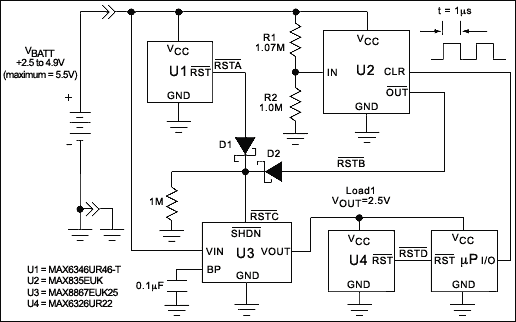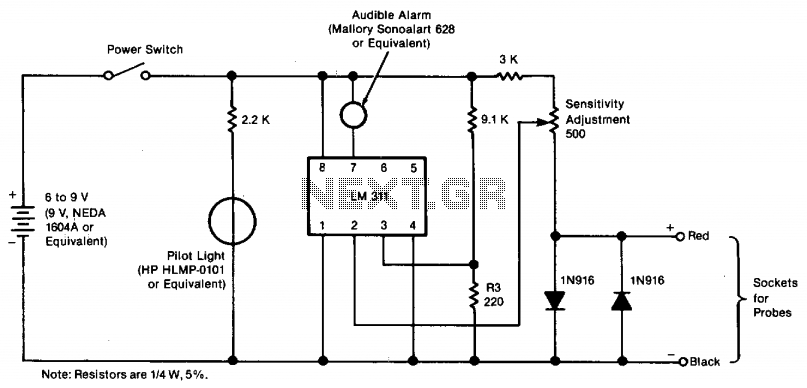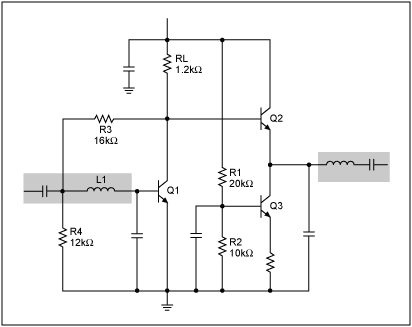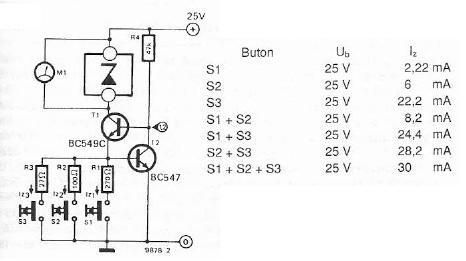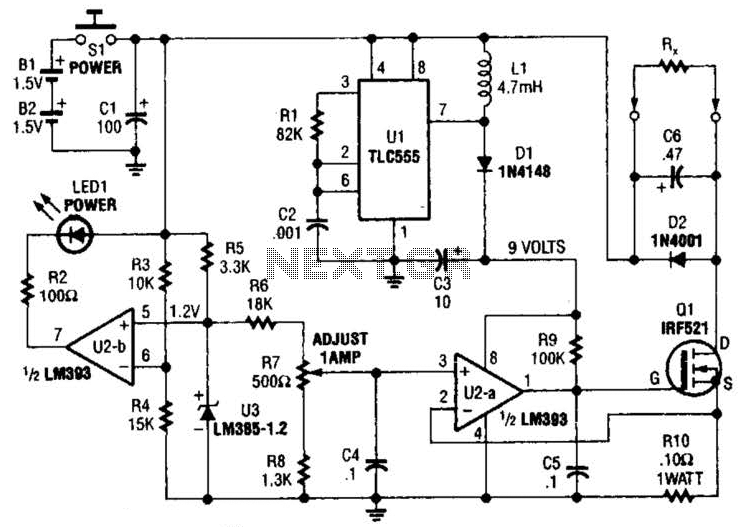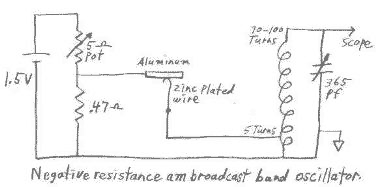
Low resistance continuity tester
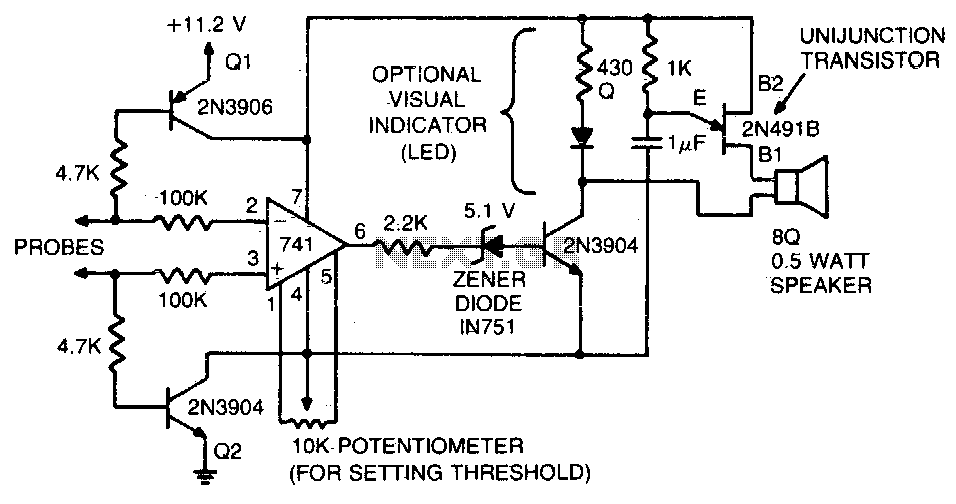
This tester is designed to verify integrated circuit (IC) printed circuit boards. It incorporates two 4 kΩ resistors along with transistors that inhibit current flow through the operational amplifier until the probe circuit is fully established. Additionally, a zener diode is connected in series with the output of the operational amplifier to prevent the audio oscillator from functioning until the positive output of the operational amplifier reaches an adequate amplitude.
The tester operates by utilizing a combination of resistors, transistors, and an operational amplifier to ensure accurate testing of IC printed circuit boards. The two 4 kΩ resistors are strategically placed to limit the current flow, thereby protecting the operational amplifier from potential damage due to excessive current. The transistors serve as switches that control the flow of current, ensuring that the operational amplifier is only activated when the probe circuit is completed. This design feature enhances the reliability of the tester by preventing false readings that may occur if the circuit is incomplete.
The inclusion of the zener diode in the circuit adds an additional layer of protection and functionality. By being in series with the output of the operational amplifier, the zener diode regulates the voltage levels, ensuring that the audio oscillator remains inactive until the operational amplifier's output is sufficiently amplified. This prevents premature activation of the audio oscillator, which could lead to erroneous test results.
Overall, this tester is an essential tool for verifying the functionality of IC printed circuit boards, providing a reliable means of ensuring that circuits are properly completed and operational before further testing or implementation. The careful selection of components and their arrangement within the circuit ensures that the tester operates efficiently and accurately, making it a valuable asset in electronic testing and diagnostics.This tester can be used to check IC printed circuit boards. Two 4 K resistors and the transistors connected to them prevent current flow through the operational amplifier until the probe circuit is completed The zener diode in series with the operational amplifier output prevents audio oscillator operation until the positive output of the operational amplifier has sufficient amplitude. 🔗 External reference
The tester operates by utilizing a combination of resistors, transistors, and an operational amplifier to ensure accurate testing of IC printed circuit boards. The two 4 kΩ resistors are strategically placed to limit the current flow, thereby protecting the operational amplifier from potential damage due to excessive current. The transistors serve as switches that control the flow of current, ensuring that the operational amplifier is only activated when the probe circuit is completed. This design feature enhances the reliability of the tester by preventing false readings that may occur if the circuit is incomplete.
The inclusion of the zener diode in the circuit adds an additional layer of protection and functionality. By being in series with the output of the operational amplifier, the zener diode regulates the voltage levels, ensuring that the audio oscillator remains inactive until the operational amplifier's output is sufficiently amplified. This prevents premature activation of the audio oscillator, which could lead to erroneous test results.
Overall, this tester is an essential tool for verifying the functionality of IC printed circuit boards, providing a reliable means of ensuring that circuits are properly completed and operational before further testing or implementation. The careful selection of components and their arrangement within the circuit ensures that the tester operates efficiently and accurately, making it a valuable asset in electronic testing and diagnostics.This tester can be used to check IC printed circuit boards. Two 4 K resistors and the transistors connected to them prevent current flow through the operational amplifier until the probe circuit is completed The zener diode in series with the operational amplifier output prevents audio oscillator operation until the positive output of the operational amplifier has sufficient amplitude. 🔗 External reference
